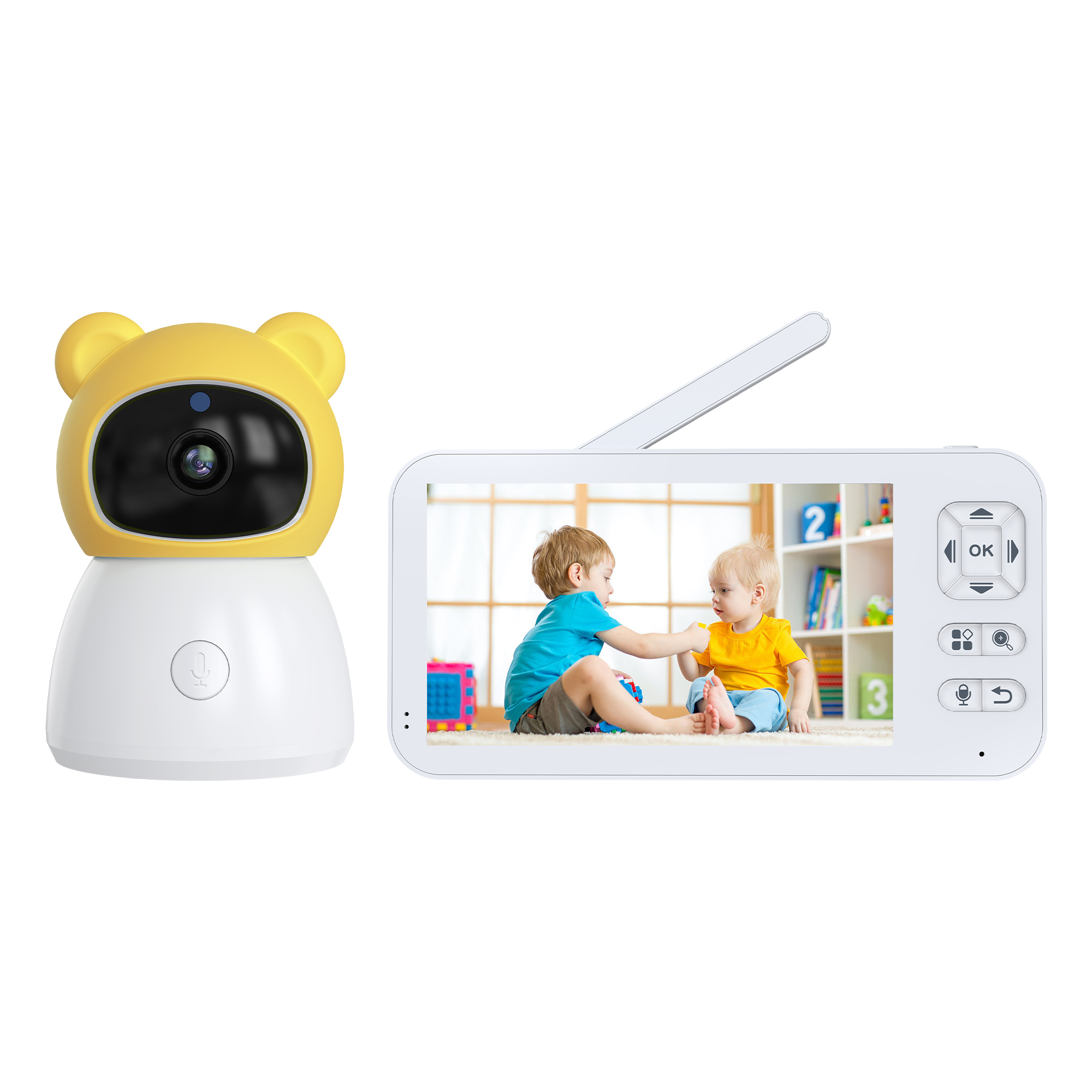婴儿监视器安全技术解析:确保宝宝安全的科技守护
Time:2024-04-29 11:25:48 Views:41次
With the rapid development of modern technology, baby monitors have become an essential component of home security, providing convenience for parents while also raising concerns about data security and privacy protection. This article will delve into the technical measures of baby monitors in data transmission, device security, and user authentication, aiming to provide users with more substantial and comprehensive security protection.
Secure Transmission Channel
Secure Communication Protocols
Baby monitors should employ secure communication protocols, such as SSL/TLS, for data transmission between the device and user's smartphone or monitor. These protocols encrypt the data transmission process, preventing data theft through methods like man-in-the-middle attacks, ensuring the integrity and confidentiality of data transmission. For instance, using SSL/TLS protocols establishes a secure encrypted channel to safely transmit video and audio data from the monitor device to the user's smartphone or monitor.
Application Scenario
In practical scenarios, a parent can remotely monitor their baby through a smartphone using SSL/TLS protocols. Even in public network environments, they can securely receive the baby's monitoring footage without worrying about data theft or tampering, ensuring the baby's safety.
Reinforcing Device Security
Security Protection Features
Baby monitor devices should have security protection features, including firewalls and intrusion detection systems. Firewalls filter malicious network traffic to prevent unauthorized access and attacks, while intrusion detection systems promptly detect whether the device is under attack and take corresponding defensive measures to safeguard device security.
Secure Firmware Update Mechanism
Manufacturers of baby monitors should implement a secure firmware update mechanism to promptly patch security vulnerabilities. Regularly releasing security patches and firmware updates ensures timely repairs and enhancements to device security. For example, when a security vulnerability is discovered in a specific model of baby monitor device, the manufacturer can remotely push repair patches to users through firmware updates, promptly fixing vulnerabilities and protecting users' devices from attacks.
Application Scenario
When using a baby monitor, if a parent detects abnormal behavior such as sudden disconnection or inability to access remotely, the device's built-in intrusion detection system can promptly identify such anomalies and alert the user. This notification allows the user to take timely security measures to protect the device and data.
User Authentication
Strict Authentication Mechanisms
Strict user authentication mechanisms, such as passwords, fingerprint recognition, and two-factor authentication, should be employed during user login and usage of baby monitors. Only authorized users who pass authentication can access the monitor device and related data, preventing unauthorized access.
Conclusion and Outlook
By implementing measures such as establishing secure transmission channels, reinforcing device security, and adopting strict user authentication mechanisms, baby monitors can effectively protect the security and privacy of data transmission and storage, providing users with a safer and more reliable user experience. In the future, with continuous technological advancements and improvements in security standards, it is believed that there will be more innovations and progress in the security technology of baby monitors, bringing users an even more reassuring user experience.
Chinese Website——www.dgjiasong.com
